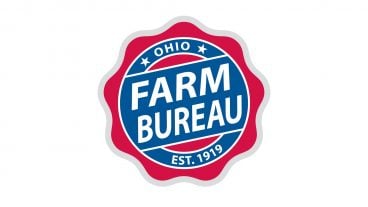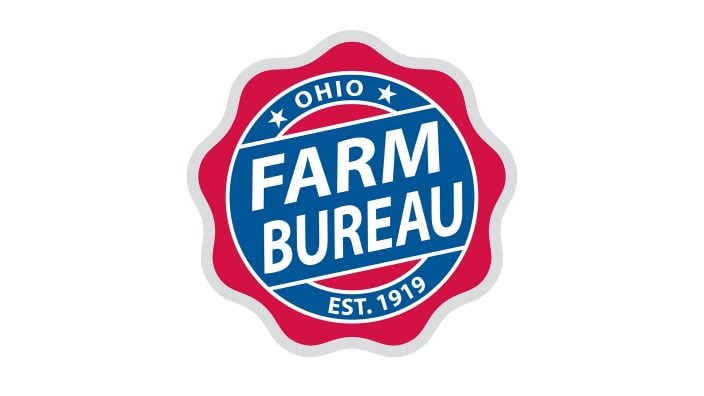Across the Table: Value of Ohio Farm Bureau membership
Know that Ohio Farm Bureau will continue standing with you to build a stronger future for your farm and Ohio agriculture.
Read MoreUltra-pasteurization is a more intense process than regular pasteurization and allows milk to have a longer shelf-life. If you don’t mind the higher cost and if your milk tends to spoil before you can finish it, it might be an option for you to consider. (Although, nutritionists might say that if you just started drinking more milk, you wouldn’t have to worry about the milk spoiling, now would you?)
“Pasteurization” means that milk is packaged under sanitary conditions after being heated to a minimum of 161 degrees for at least 15 seconds, or 145 degrees F for at least 30 minutes. Either heating option kills most bacteria; the type that survive aren’t considered harmful but can spoil milk after a period of time. If pasteurized milk is kept properly refrigerated, it can last anywhere from 12 to 21 days after processing; you can generally count on milk to remain fresh from two to five days after the sell-by date on the carton. The colder the storage conditions, the longer milk will last.
“Ultra-pasteurization” means that milk is heated to a minimum of 280 degrees F for at least two seconds. Although the heating period is much shorter than what’s used for regular pasteurization, the high heat used in the process is much more lethal to bacteria. Packaging conditions for ultra-pasteurized milk are also more stringent — practically sterile. In fact, ultra-pasteurized milk would be considered a sterile product if it was canned or otherwise hermetically sealed. All of this means that, when properly refrigerated, ultra-pasteurized milk can last from 30 to 90 days after processing and before the container is opened. After opening, the milk could become contaminated with spoilage bacteria, but you can generally count on it to remain fresh for at least seven to 10 days after the container is opened.
Some people say they think ultra-pasteurized milk has a different flavor, more “cooked” than regular milk, but others don’t notice a difference.
No matter which kind of milk you choose, be sure your consumption of milk and dairy products meets the Dietary Guidelines for Americans recommendations — three cups each day for anyone 9 years of age or older. Here is what counts as a cup:
The guidelines encourage fat-free or low-fat choices within the dairy group, not only to reduce calories but also to reduce intake of saturated fats and cholesterol, both of which increase the risk of heart disease. For more information on milk and dairy product recommendations, see myplate.gov.
Chow Line is a service of Ohio State University Extension and the Ohio Agricultural Research and Development Center.


Know that Ohio Farm Bureau will continue standing with you to build a stronger future for your farm and Ohio agriculture.
Read More

The January/February issue of Our Ohio magazine puts the focus on membership value.
Read More

The network was established in fall 2015 on farms in Hardin and Hancock counties. Nearly 200 different tours and events took place on the three farms totaling nearly 4,000 visitors in its 10-year span.
Read More

For more information or to sign up for weather alerts, farm policyholders should contact their Nationwide agent or visit ofb.ag/nationwideweatheralert.
Read More

What if farmers could harness the moisture that falls during the winter season and use it when their crops are lacking water during the growing season — all with the touch of a button.
Read More

The weather app that comes preloaded on every smart phone might offer weather predictions, but that impersonal data can’t match…
Read More

The theme of this issue is weather, its impacts on agriculture, and how farmers can remain resilient.
Read More

The recent findings from Stone Lab and the NOAA forecast are encouraging and reflect the years of efforts farmers have put into water quality and stewardship.
Read More

Weather balloons take in information regarding the temperature and dew point within the column of the atmosphere to give forecasters a ‘snapshot’ of what the atmosphere looks like at a given time.
Read More

Sharp swings between wet and dry conditions are becoming a defining feature of Ohio’s climate.
Read More